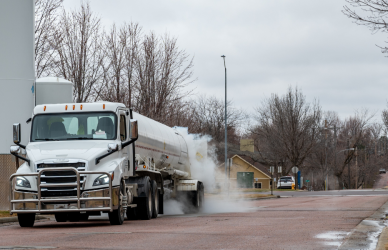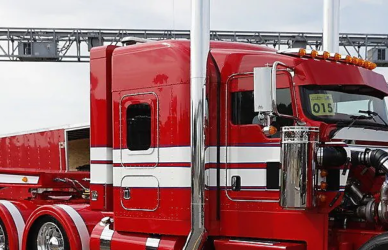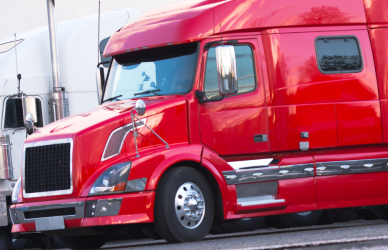In today’s economic landscape, organizations with transportation fleets play a crucial role in powering the American economy by ensuring the timely delivery of essential goods. These fleets serve as the backbone of our nation’s supply chain, emphasizing the need to prioritize safety and risk management for their sustained health and viability. To address the challenges associated with transporting goods over long distances, an increasing number of companies are turning to advanced safety technologies and telematics as comprehensive solutions.
One of the significant challenges for fleets over the years has been recruiting drivers due to the inherent risks associated with the demanding and perilous nature of heavy-duty truck driving. The job ranks as the seventh most dangerous in America, with approximately 900 fatalities annually, according to the U.S. Bureau of Labor Statistics. Recognizing the importance of managing driver risks, fleets are enhancing recruitment strategies by incorporating advanced safety technologies and telematics. The use of these technologies, coupled with data analytics, has bridged the knowledge gap between operations and finance, aiding companies in reducing overall costs and aligning with long-term strategic asset management plans that prioritize advanced safety features in truck specifications.
The escalating risks in the transportation of goods not only pose a threat to driver safety but also impact the bottom line. According to the American Transportation Research Institute (ATRI), while large truck crashes declined from 2021 to 2022, commercial auto liability premiums are expected to increase in 2023 due to rising costs and poor performance in the previous policy year. Private fleets, too, report a slight increase in DOT Recordable Accidents per million miles, prompting aggressive safety management through driver hiring practices and the adoption of active safety technologies.
Technology and analytics play a crucial role in effective risk management, starting with the pre-hire process and extending to post-hire monitoring of driver behavior. Telematics, cameras, violations, collision history, and maintenance events serve as early warning indicators, with a focus on creating an event-based scoring system. An effective telematics system captures and reports data points by driver, enabling risk managers to make informed decisions about each driver’s overall risk profile.
Investing in newer trucks equipped with advanced safety features is seen as a strategic and competitive move for fleets. Beyond prioritizing driver and road user safety, these upgrades contribute to substantial reductions in accident-related costs. Features such as collision mitigation systems, lane departure warnings, and automatic emergency braking not only enhance safety but also position the company as a lower risk for insurers. Insurance companies increasingly reward organizations that prioritize safety, reflecting a shift from 6.4 cents per mile in premiums in 2013 to 8.8 cents per mile in 2022.
In conclusion, transportation fleets remain pivotal in the current economic landscape. Those that prioritize safety, leverage data analytics, telematics, and invest in newer equipment stand out as competitive leaders. Strengthening communication between finance teams, risk management, and the C-level ensures a comprehensive and effective approach to navigating the challenges associated with the transportation of critical goods.
Source: Commercial Carrier Journal











